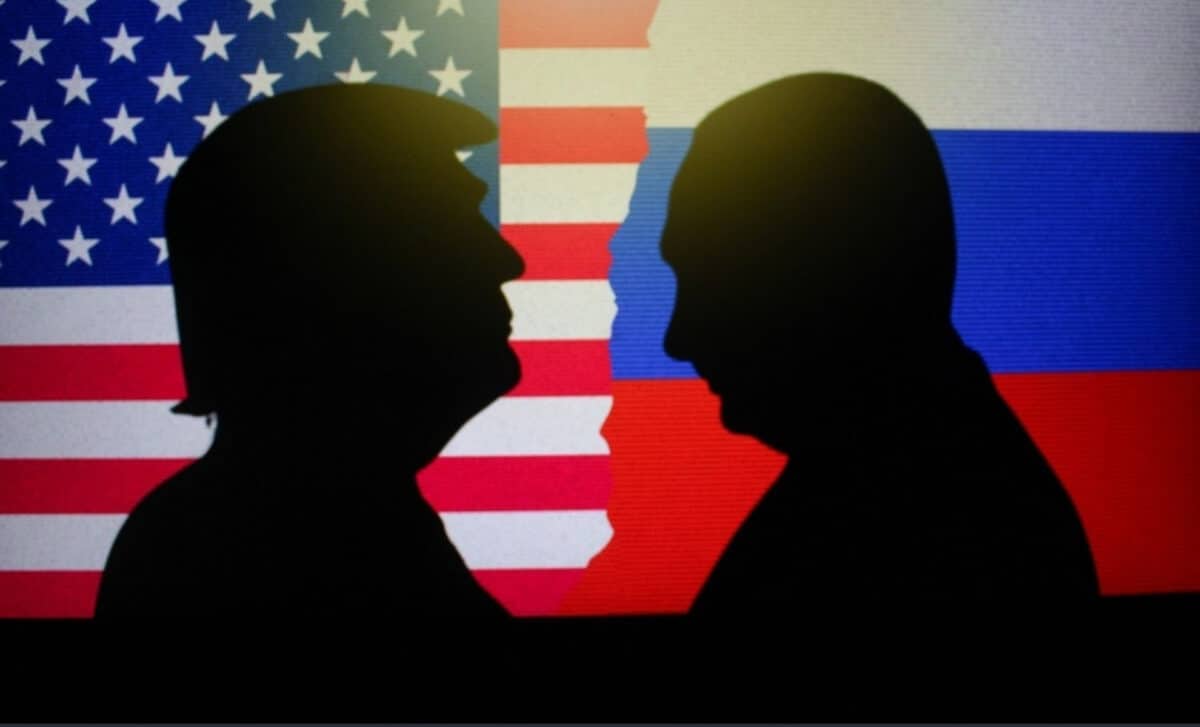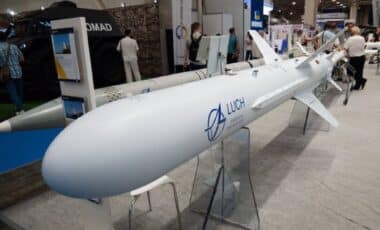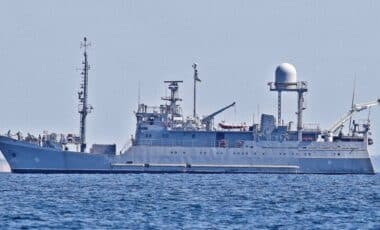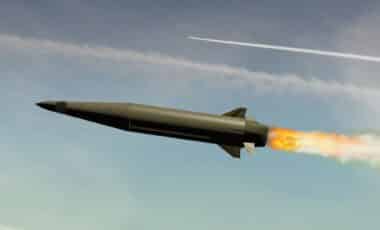Donald Trump and Vladimir Putin are scheduled to meet this Friday at the Elmendorf-Richardson military base in Anchorage, Alaska. The summit focuses on the ongoing war in Ukraine, with both leaders aiming to explore possible peace agreements, though neither Ukrainian nor European officials will participate directly.
The location and timing of the summit
The meeting will take place at one of the most secure military facilities in the United States, hosting around 6,000 American and Canadian personnel. Spanning 25,600 hectares, the base has been described as the “first line of defense of America” and holds strategic significance due to Alaska’s proximity to Russia—just 80 kilometers across the Bering Strait. The talks are scheduled to begin at 19:30 GMT.
Agenda and structure of discussions
The summit will begin with a private conversation between Trump and Putin, aided by interpreters. This will be followed by a working lunch including delegations from both countries, composed of diplomats and policy experts. After these sessions, a joint press conference will summarize the outcomes and any potential agreements. Russian officials have highlighted that topics will include peace, security, and bilateral cooperation, though the delegation plans to return to Moscow immediately afterward, regardless of the results.
Territorial disputes at the heart of negotiations
Negotiations are expected to focus heavily on territorial issues. Putin maintains his demand that Ukraine cede Crimea and the partially occupied regions of Donetsk, Luhansk, Zaporijia, and Kherson. Russia also insists that Ukraine abandon any plans for NATO membership and halt Western military support. Trump has suggested possible “territorial exchanges” to benefit both sides, a concept firmly rejected by European leaders, including Emmanuel Macron, who emphasized that territorial decisions are the sole responsibility of Kyiv.
The legal context
Despite being under an international arrest warrant from the International Criminal Court, Putin faces no legal risk while in the United States, which is not a signatory to the Rome Statute. The choice of Alaska also carries symbolic value, recalling the historical sale of the territory from Russia to the United States in 1867, and highlighting the strategic and economic importance of the region today.
Historical parallels and geopolitical concerns
Observers note that this summit evokes memories of the 2018 Helsinki meeting, where Trump faced criticism for appearing to side with Putin over U.S. intelligence regarding Russian interference in the 2016 election. European leaders remain wary that any agreement could bypass their security concerns entirely.
Exclusion of ukraine and european voices
Ukrainian President Volodymyr Zelensky is absent from the table, a decision criticized by EU officials who see it as undermining genuine negotiations. Public opinion in Ukraine reflects war fatigue, with 69% supporting talks to end the conflict quickly, even if it involves concessions, while only 24% favor continuing the war until complete victory.
Potential follow-up
Trump has expressed optimism about organizing a follow-up tripartite meeting that would include Zelensky, potentially in Alaska. He assured the Ukrainian president that he would be the first to be contacted immediately after his discussions with Putin.








